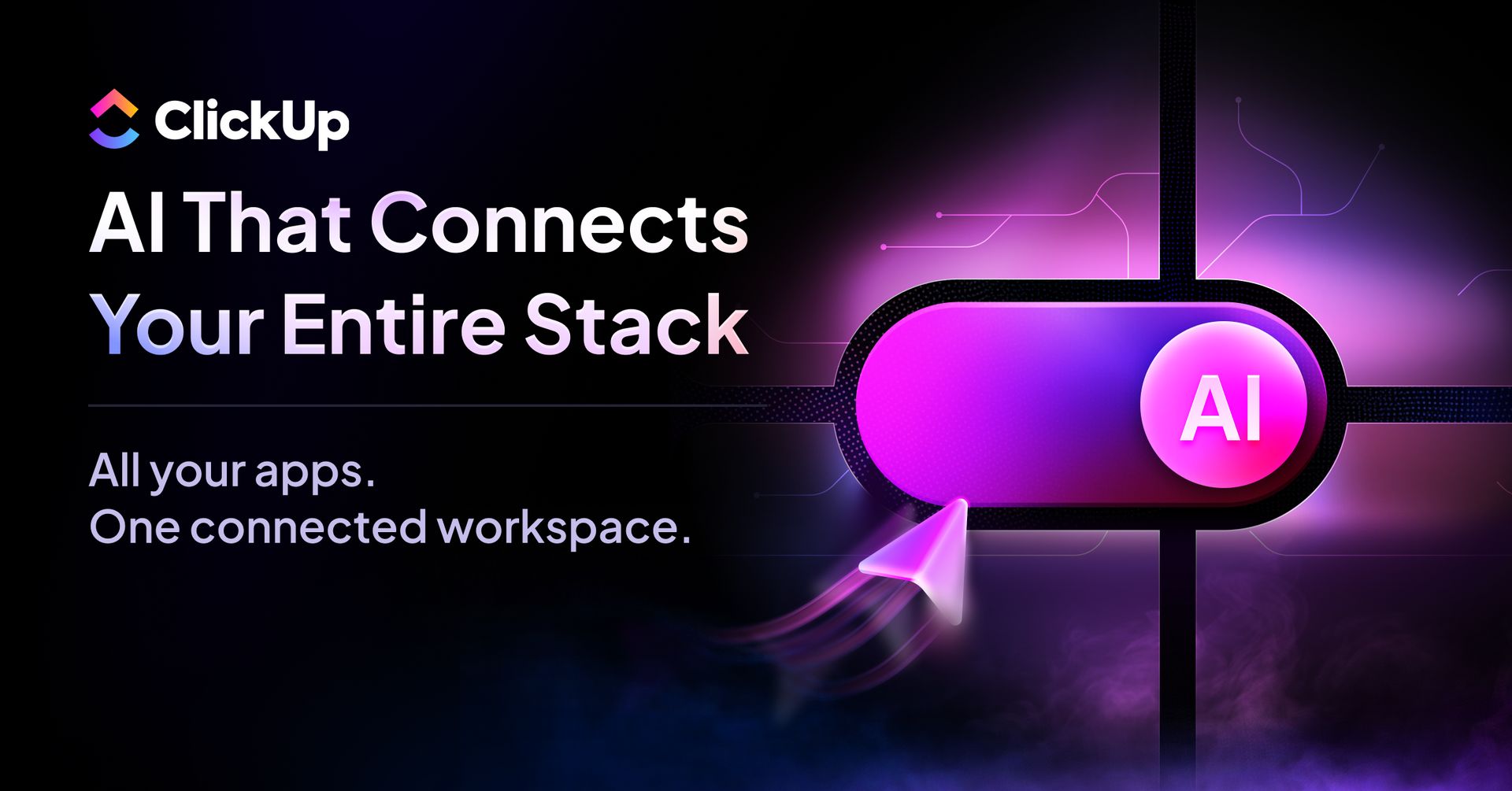The Only AI That Knows All Your Work
Most AI tools start from scratch every time. ClickUp Brain already knows the answers.
It has full context of all your work—docs, tasks, chats, files, and more. No uploading. No explaining. No repetitive prompting.
ClickUp Brain creates tasks for your projects, writes updates in your voice, and answers questions with your team's institutional knowledge built in.
It's not just another AI tool. It's the first AI that actually understands your workflow because it lives where your work happens.
Join 150,000+ teams and save 1 day per week.

Hi, Markus here. Welcome to a new episode of the Customer-Value-Led-Growth Newsletter.
I share strategies and guides for CSMs and CS leaders to improve their performance and get the recognition and compensation they deserve every week.
Want to excel in CSM? Check out these resources 👇
Plugging the Hole - Churn Guide *RENEWED*
The old way of doing CSM is dead. Super dead. I don’t know about you, but I’m excited about it. Because it wasn’t CSM at all. It was extended customer support. Reactive and tactical. Band-aiding and quick-fixing.
True CSM is proactive and strategic by design. No one needs another customer support team. But breaking with old beliefs and habits is never easy. And one of the most difficult parts might be to let go of the old metrics.
Metrics that have become standard everywhere. Metrics that are easy to capture. Metrics that most CS software tools were built around. So here’s the thing: Those metrics were built for the old way of doing CSM as well.
They don’t support value realization. They don’t support revenue generation. In today’s post, I want to share why it’s inevitable to ditch the old metrics for future success.
1. Product Usage
If your customers are not using your product, they won’t create any results. If they don’t create any results, they will stop paying for your product. This is the only definitive answer you will get from measuring how much your customers are using your product.
But everything else is guesswork because the opposite is not true. More usage does not equal more results. Your customers could simply spend so much time on your platform because they keep trying and trying.
Depending on your product, high usage can even be a negative sign by design. If you are selling sales or project management software, users are supposed to use it daily.
But if you are selling planning or event management software, it’s a different story (except for customers where planning or managing events is their business).
Churn happens among high and low usage, and so do renewals. Product usage is not an accurate reflection of customer success.
Note: When your customers’ product usage suddenly drops, it’s usually already too late to turn the tide. They don’t stop getting value because they stopped using the product. They stopped using the product because they were not getting value.
2. Net Promoter Score
“How likely are you going to refer XY to a friend or colleague?” If I had to take an educated guess, I’d say about 99% ask that question sooner or later.
But have you ever measured the correlation between intention and action? Put simply, have you measured how many referrals your company got from customers handing out scores of 9 or 10?
Spoiler alert: The results will be quite sobering. According to research, there’s not even a correlation between NPS and customer renewals. Which is astonishing, as are the lower-hanging fruits compared to getting new business from your existing customers.
Customers with handing out low scores are renewing seamlessly. At the same time, customers who look like hot contenders for doing joint success stories pull the plug.
The NPS is arguably the most misleading metric for CSMs. These are the 3 most important problems you need to understand:
Customers have no obligation to rate truthfully. They might give you a high score because they don’t want to trigger your Low-NPS playbook while they have already decided to move on and search for alternatives.
Does your customer have a good or bad day when they are responding to your survey? Yes, that’s impacting your scores. Giving you either a false sense of security or a false alarm.
Let’s assume the NPS you got from your users is highly accurate. They love working with you and your product. But buyers and sponsors couldn’t care less. They are not paying for convenience and vibes.
That does not even include things like customers clicking on a random number to make the pop-up go away, or customers who did not even recognize clicking on something at all.
Note: All other survey-based metrics like CSAT or CES share the same weaknesses.
3. Health Scores
Life in CSM would be easy if all churn came from customers with red health scores. You may not be able to stop it, but at least you could see it coming, and you got a fighting chance.
But it turns out that life is not that easy, and customers with perfectly green health scores churn too. Catching everybody by surprise, and no one can explain how this could have ever happened. This is known as the "Watermelon effect.”
People on LinkedIn keep telling me that this only happens if the health scores are done poorly. Ok, but here’s the thing. Due to the nature of my business, I have seen a lot of them, and none of them were accurate enough by my standards.
The reason is always the same: They were built from an inside-out point of view. Everything that is factored in comes from the vendor and not the customer. And the gap between what you believe matters and the reality is what’s causing surprise churn.
Note: It is possible to build accurate health scores, but it requires a different mindset and a whole lot of effort.


